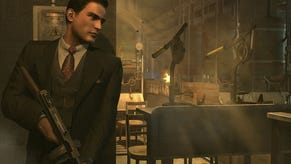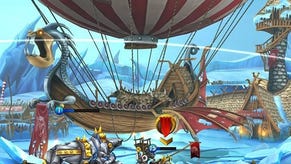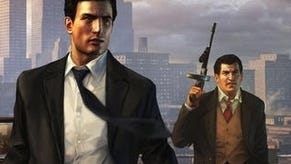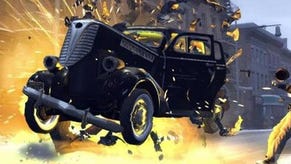Mafia II
Family reunion.
New York, meet New York. While Grand Theft Auto IV's Liberty City could not and would not claim to be a facsimile, it wears its influences proudly on the sheer glass sleeves of prominent landmarks, and in the architectural sweeps of its bridges, towers and districts. One imagines Mafia II's Empire Bay pursues the Big Apple with no more of a mind toward replication - even of the equivalent city from the 1950s, when the game is set - but developer 2K Czech does have a mind toward authenticity of another kind: it's out to recreate the life of a post-war gangster, from pin-striped trilby to designer shoes and every phone booth, Billy club and shakedown in-between. They may only be a couple of publishing labels and a few European borders away from one another, but 2K Czech's world of organised crime is another world away from Rockstar North's excellent Grand Theft Auto IV.
This is brought home to sharp, almost jarring effect by the simplest of acts: starting a mission, a process that is now so incidental, so streamlined in modern open-world adventures that we've progressed from driving across a city ignoring traffic regulations, pulling up and walking into a big yellow circle for a briefing, to leaping over the rooftops of cars and buildings at cheetah speed, hurtling down from the sky like a lightning bolt and cratering into an objective icon; and woe betide any game that forces us to press a button or take a breath in the process.
By contrast, in today's demo of Mafia II, wannabe gangster and player-character Vito Scaletti pays off a prostitute, saunters to the fridge in the kitchen to collect a beer, wanders through his apartment in vest and slacks, and meanders to the phone in the hallway, where he receives instructions. Then he strolls off to get dressed, admiring another working girl showering fairly decently in his bathroom in the meantime, and walks downstairs from his apartment - observing a man beating on a front door, pleading with his wife for leniency over some perceived infraction, and a woman scrubbing the tiles - before heading outside to his garage to chew over which car to get into. It should take a while for an impatient gamer such as myself to adjust to the deliberate pace, but in practice the world is so rich with detail that my senses are no less pampered by Empire Bay's painstaking craftsmanship.
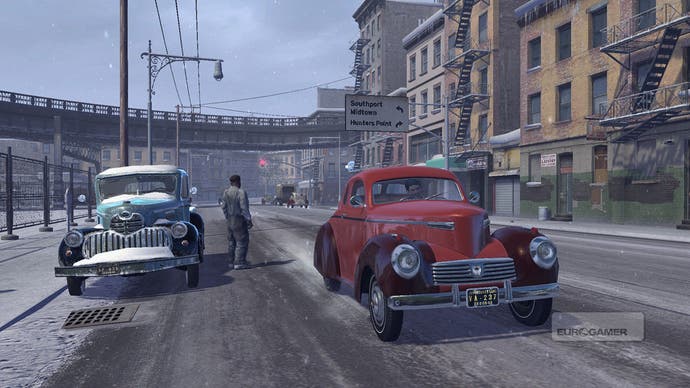
Where other open-world games compartmentalise, constructing frameworks in technology and mechanical routine and then allowing you to bounce between the story and the funfair stalls of side missions, confident of their foundations and happy to leave you to your own devices within them, Mafia II appears obsessed with your suspension of disbelief and unwilling to leave anything to chance. As you start out in the direction of your calling - a mafia workshop run by Giuseppe, who handles tradecraft - 2K Czech's hand is on almost everything.


